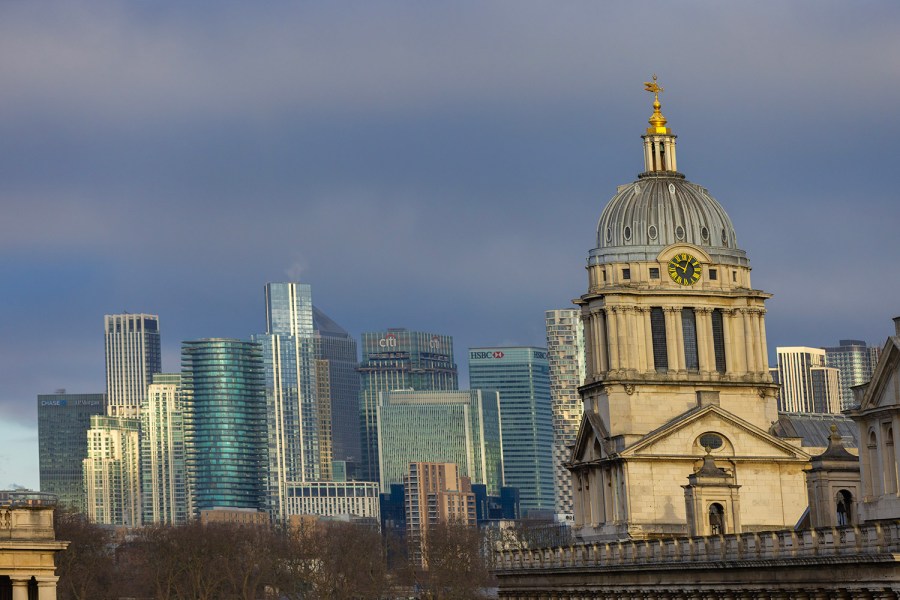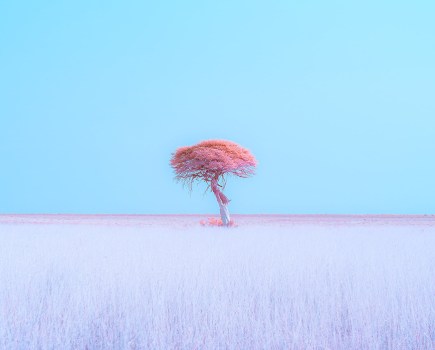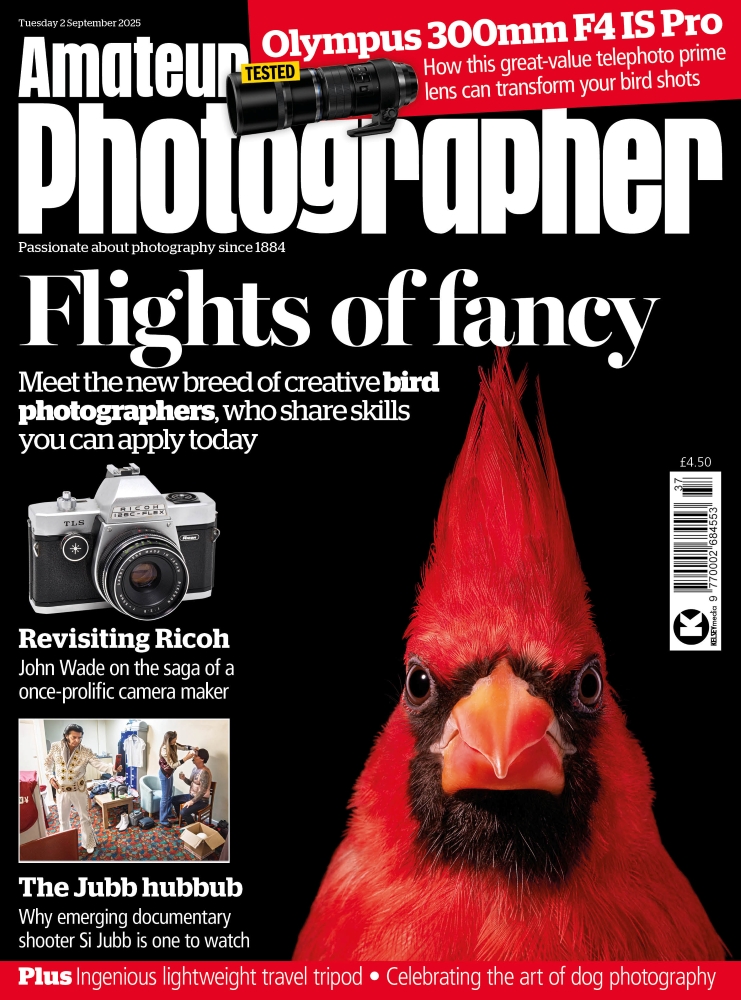The camera never lies may be the biggest myth to ever come out of photography. Long before we had concerns about Photoshop image manipulation or AI image generation, the camera lens itself had the ability to change reality and how the world is viewed.
A friend was recently showing me her wedding photos from another photographer I won’t name and she was upset with how she looked in them – the dress was crinkled up and she had concerns about how she looked in them. I very nearly reached for that all-too common phrase “well, the camera never lies” but before the words came out of my mouth I realised there’s plenty of times when that’s just simply not the case.
I could name a handful of times when the camera distorts reality – whether that’s from lens compression, field of view, depth of field or even glitches such as rolling shutter effect. Images can look wildly different to how we see them in real life and that’s before factoring in things like changing the shutter speed to create the illusion of movement or passing of time. When clicking the shutter you’re not capturing true reality, you’re exposing the light being bounced off physical objects in your scene.
Lens distortion
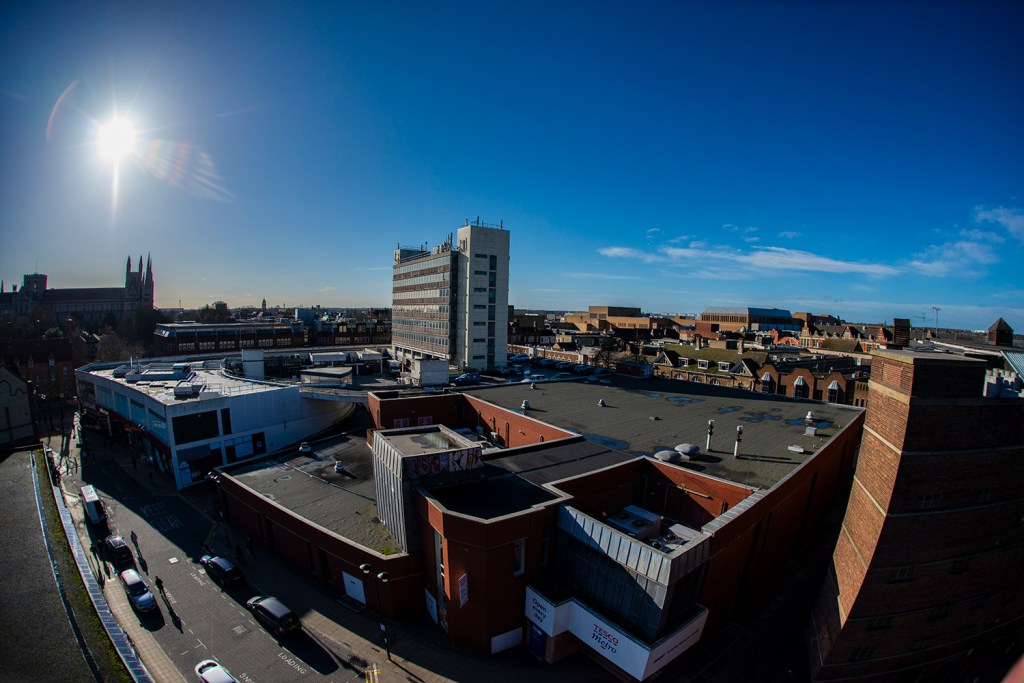
An often overlooked but hugely important factor of how a scene looks is the lens attached to your camera. Lenses have a field of view often loosely equated to a focal length written on the lens barrel – a super wide 16mm focal length on a 35mm sensor will give you a super wide expansive view of the world far wider than what the human eye can see and fisheye lenses will throw in loads of barrel distortion too, making the edges of the frame look curved. A big telephoto lens, like a 200mm, on the other hand will be able to zoom in and pick out details far away that might appear very small to the naked eye. Telephoto lenses also possess the ability to compress a scene and make details look closer together than they really are.
Rolling shutter
This was the imaging defect that planted the seed for this entire article. I shot a wedding some years back and put my camera into its silent mode for the ceremony so as not to disturb the couple and guests at this special moment. However, this mode utilises the electronic shutter to avoid any noise being made from the mechanical shutter curtains during the exposure.
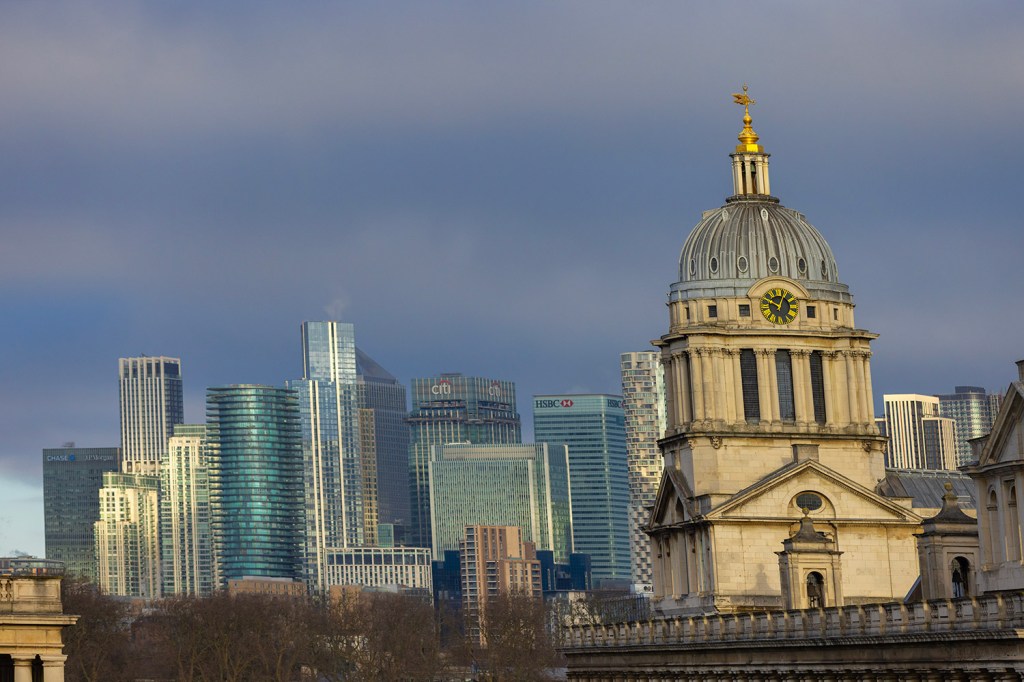
Totally concentrating in making sure I was getting the shots I forgot to change back to the mechanical shutter mode after the ceremony and a few of the subsequent pictures had a bit of rolling shutter which distorted body proportions and looked very weird – I suddenly thought to myself, that is not how the scene should look – the camera is lying! Fortunately I noticed very quickly and changed back to the mechanical shutter – the shoot was saved.
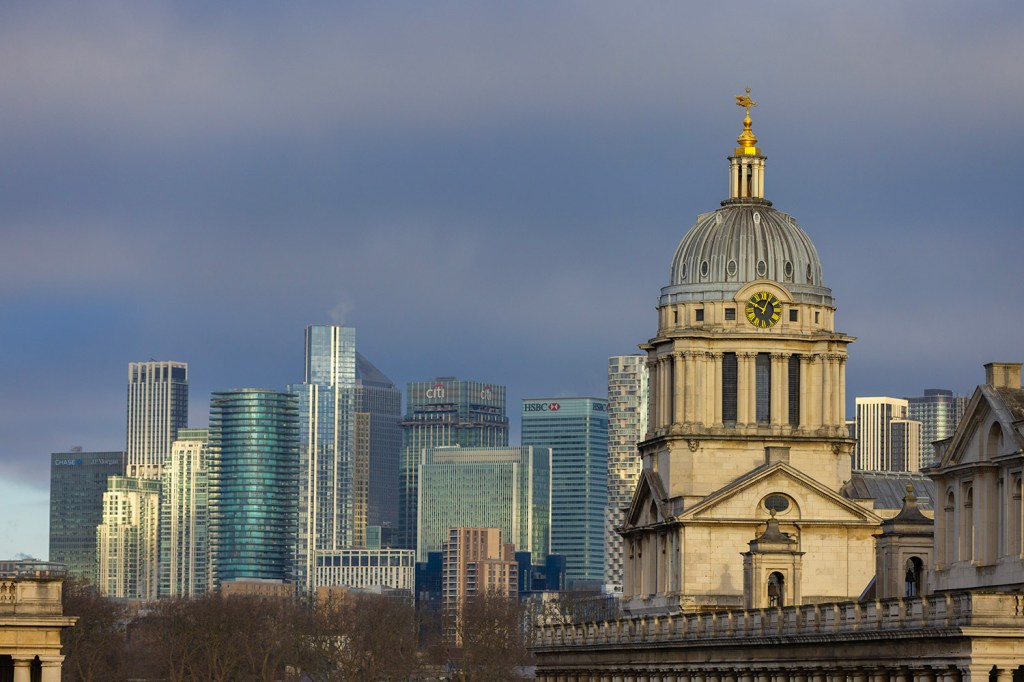
Rolling shutter happens when using electronic shutter on cameras that can’t process the data quickly enough, so the top of the sensor is scanned before the bottom and if there is movement throughout the frame this can create strange glitched effects. To avoid it, your best bet is to shoot very stationary subjects with an electronic shutter or switch back to a mechanical shutter mode. That being said, many new cameras like the Canon EOS R1 has an electronic shutter that is supposed to have a read out speed so fast that it’s comparable to the mechanical shutter of the EOS 1D-X Mark III. The Sony A9 III was the first to feature a global shutter, so the whole sensor is read at once rather than line-by-line so there is no rolling shutter distortion. Hopefully this technology becomes more widely adopted in years to come.
Depth of field & bokeh
Depth of field refers to how much of a scene is in sharp focus and while our eyes can perceive a shallow depth of field (blurry background) when holding an object close to our faces, generally we see most scenes as sharp from front to back, although more blurry at the periphery. We also have stereoscopic vision and are constantly refocusing and looking around the scene – so a still image is quite different.
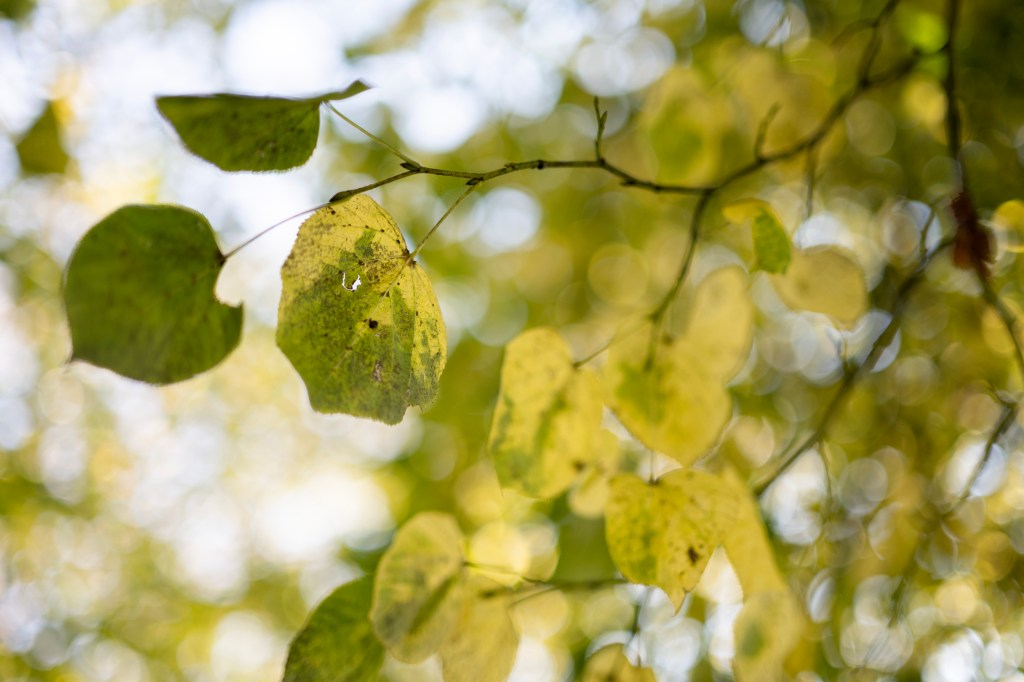
With photography we can exploit depth of field to create super blurry backgrounds and bokeh balls – that we just can’t do natively with our eyes. Then throw in things like starburst effects on light sources from using a narrow aperture and these effects can all stray quite a bit from what the human eye can see.
Shutter speed
While photographs are often taken at fast shutter speeds to freeze any movement and create a pin-sharp still image, the beauty of photography is we can apply our own artistic tastes and take control of the shutter speed, also called exposure time, to change how much motion is recorded in the picture.
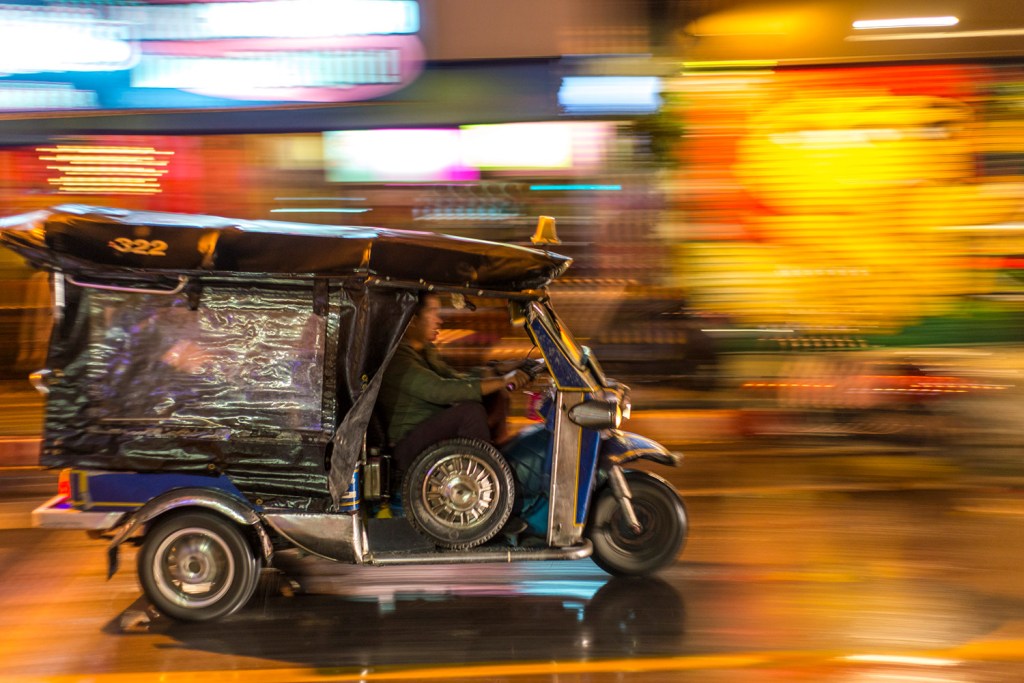
A slow shutter speed can make for captivating images whether it’s whilst panning a fast-moving subject or the camera is locked off on a tripod to record movement in a landscape such as rush water or scudding clouds, all adjust how we see the passage of time in a still image.
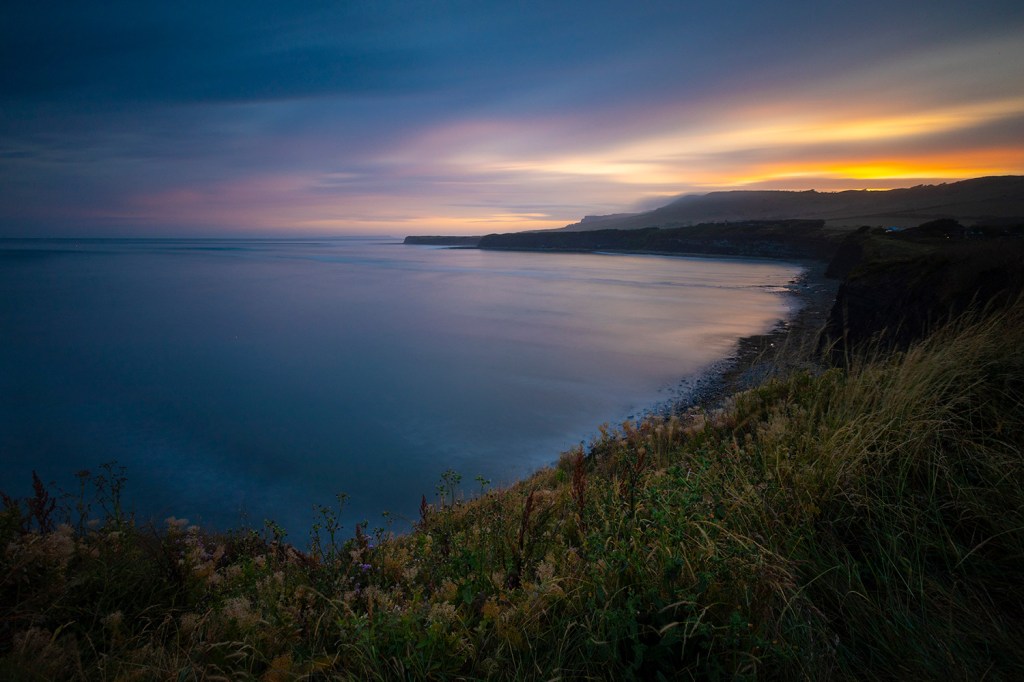
To remove movement from your images you’ll want to choose a faster shutter speed – around 1/60 – 1/200 sec is generally good for handheld pictures, though for fast moving subjects like a bird whizzing past you’ll need a rapid shutter speed of around 1/2000 sec to eliminate any movement – this can be done by boosting your ISO and opening up your lens’ maximum aperture.
Related reading:
- 30 photography myths – Why a lot of photography advice is wrong
- RAW Vs JPEG – pros and cons of raw and JPEG
- Why 80% of photography gear advice is wrong…
The views expressed in this column are not necessarily those of Amateur Photographer magazine or Kelsey Media Limited. If you have an opinion you’d like to share on this topic, or any other photography related subject, email: ap.ed@kelsey.co.uk

